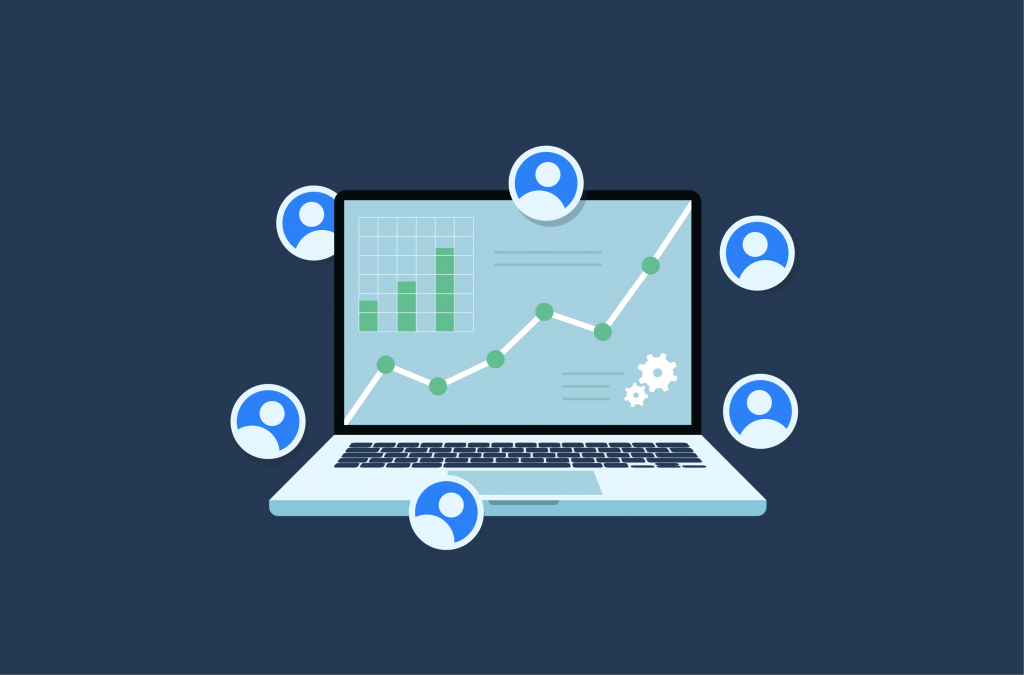In the digital age, Search Engine Optimization (SEO) has become a cornerstone of successful e-commerce. For online retailers using WooCommerce, understanding and implementing effective SEO strategies is not just beneficial—it’s essential.
SEO encompasses many practices to enhance your online presence and visibility. These range from ensuring your site is secure from cyber threats to optimizing its loading speed and improving the quality of your content. For WooCommerce site owners, optimizing these SEO aspects has manifold advantages. A well-optimized site attracts more visitors and provides a better user experience, increasing customer retention and conversion rates.
This article delves into the essential SEO practices that will help elevate your WooCommerce site’s visibility and attractiveness to potential customers. From leveraging powerful analytical tools to harnessing the capabilities of various SEO-enhancing plugins, we will cover pivotal strategies specifically tailored to boost your online store’s performance.
Understanding SEO in the WooCommerce Context
To harness SEO’s full potential, it’s vital to grasp the nuances of both on-page and off-page SEO elements and how they apply specifically to an e-commerce context. On-page SEO involves optimizing the elements within your website that you can control directly, such as content, site structure, and meta tags. Such elements can be handled automatically by using AI website builders. On the other hand, off-page SEO deals with external factors that influence your site’s visibility and reputation, such as backlinks and social media presence.
On-Page SEO for WooCommerce
This includes optimizing product descriptions, images, and meta information. Each product page should have unique, accurate, and keyword-rich content that effectively describes the product and appeals to search engines. You should also create a sitemap to facilitate easy navigation and ensure users and search engines can find products and information effortlessly. This is where creating a logical hierarchy and using clean, simple URLs become essential.
Off-Page SEO for WooCommerce
While your site’s structure is crucial, external signals like backlinks from reputable sites can dramatically improve its authority and rankings. Engaging in community discussions, guest blogging, and partnerships can help build these links. Social media also plays a crucial role in off-page SEO, bridging customer engagement and traffic generation, thus indirectly influencing search rankings.
Amidst these technical aspects, the core of all SEO is creating engaging, informative, and optimized content for both users and search engines. High-quality content and enhanced shopping experience are particularly significant for e-commerce platforms like WooCommerce, where the competition is fierce. The quality of product descriptions and supporting content can set you apart. This content helps educate your customers and persuade them, ultimately guiding their purchase decisions.
It’s not just about peppering your articles with keywords but about crafting content that speaks directly to your audience’s interests and needs. To systematically produce high-quality content, you should spend time planning, creating, delivering, and analyzing content to ensure it meets the high standards expected by today’s consumers and performs well in search engines.
In addition to SEO, there are other dynamic ways to increase traffic to your WooCommerce site. For example, hosting webinars effectively boost traffic because they provide a platform to engage directly with your audience, showcase your expertise, and provide valuable information that can attract new customers while reinforcing relationships with existing ones. These interactions, while beneficial in themselves, also create rich content that can be repurposed into blog posts, social media content, and more, further enhancing your SEO and reaching an even broader audience.

Technical SEO Considerations
Technical SEO is a critical component that underpins the success of any e-commerce site, including those powered by WooCommerce. This section delves into the specific technical strategies that can significantly enhance your site’s SEO performance.
- Site architecture and responsive design: A well-structured site architecture improves user navigation and aids search engines in crawling your website more effectively. Equally important is responsive design. With a significant portion of traffic coming from mobile devices, having a website that adjusts smoothly to various screen sizes is indispensable.
- Creating a good Sitemap: Towards the end of our discussion on technical SEO, it’s crucial to focus on the significance of sitemaps. To create a sitemap effectively, you must provide search engines with a roadmap of all the essential pages on your site.
- Optimizing images for SEO and performance: Images are a central element of any WooCommerce store, crucial for showcasing products and enhancing the overall user experience. However, they can significantly slow down your site if not properly optimized.
Leveraging Tools for SEO Success
Effective use of SEO tools is essential for managing and enhancing the performance of your WooCommerce site. These tools provide insights into your site’s current performance and offer actionable data to refine your SEO strategies for better results.
Several other SEO tools can help improve your WooCommerce site’s performance. Tools like SEMrush, Ahrefs, and Moz offer capabilities to analyze your site’s SEO health and that of your competitors. These tools provide features such as keyword research, backlink tracking, and SEO audits. Google Analytics is another crucial tool for websites. It provides key metrics such as visitor traffic sources, page views, session duration, bounce rates, and conversions.
Enhancing Site Performance and Security
Your WooCommerce site’s performance and security are pivotal in shaping its search engine ranking. This section will talk about the critical aspects of site performance and security.
Speed is a vital factor for SEO because of the user experience. Search engines like Google favour websites that load quickly because fast loading times enhance the overall user experience, leading to lower bounce rates and longer site engagement. To improve your website’s speed, consider implementing caching solutions that store recently accessed information on users’ devices, reducing loading times for repeat visitors.
You should also create a sitemap to ensure your website’s overall health and speed. A sitemap helps search engines easily navigate and index your website’s content, which is critical for new and updated pages to appear in search results quickly.
Implementing security measures is another important aspect. Your website’s security protects your customers’ sensitive data and preserves your business reputation, which is crucial for maintaining customer trust and loyalty. Search engines favor secure websites and typically achieve higher rankings. Ensuring your site has an SSL certificate is vital as it secures the connection between your users’ browsers and your server, which is crucial for protecting user data during transactions.
Utilizing Plugins for Enhanced SEO
Plugins are designed to simplify complex processes, automate tasks, and provide insights that might otherwise require extensive manual effort. This section explores how incorporating specific SEO plugins can bolster your site’s performance in search engine rankings.
- Yoast SEO is one of the most popular and comprehensive plugins. It offers features ranging from keyword optimization to readability checks, ensuring your content is SEO-friendly and user-friendly.
- Rank Math provides advanced SEO capabilities such as automated image SEO, rich snippets, and local SEO settings.
- All in One SEO Pack is popular among WooCommerce users for its straightforward interface and features like XML sitemap generation and social media integration.
The benefit of using these SEO plugins is clear—they provide tools to tackle everything from technical SEO tasks to content optimization, all within a user-friendly interface. For WooCommerce store owners, this means less time spent on SEO and more time focused on other aspects of running a successful business.

Ongoing SEO Management
Effective SEO is not a one-time task but an ongoing process that requires regular attention and adaptation.
Regularly monitoring website performance using tools like Google Analytics, Ahrefs, or SEMrush can provide real-time insights into your site’s performance regarding traffic, user engagement, and conversion rates. These tools can help identify trends, such as which pages are most popular, where your traffic is coming from, and how changes to your site affect user behavior. This data is invaluable for understanding the effectiveness of your current SEO strategies and pinpointing areas that need improvement.
SEO management involves monitoring your competitors. Understanding what they are doing well can provide insights into market trends and areas where you might need to improve or differentiate your approach. Additionally, regular site audits to check for issues like broken links, slow loading times, and compliance with mobile-first indexing can help ensure that technical SEO issues uphold your other optimization efforts.
Conclusion
Throughout this article, we’ve explored the multifaceted approach to optimizing your WooCommerce site’s SEO, emphasizing how various aspects, from content creation to technical enhancements, play a crucial role in boosting your site’s visibility and performance. By understanding and implementing strategies across technical SEO, using powerful plugins, and continuous SEO management, you can significantly enhance your WooCommerce site’s search engine rankings, user engagement, and conversion rates.
However, the journey to maintain and enhance your site’s SEO doesn’t end here. The digital landscape continuously evolves, and staying informed about the latest SEO trends and techniques is crucial. We encourage you to learn and apply new strategies as they emerge continuously. This proactive learning helps you keep pace with changes in search engine algorithms and consumer expectations and stay ahead in the competitive e-commerce environment.


